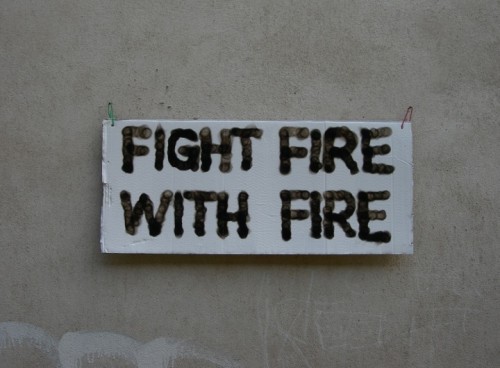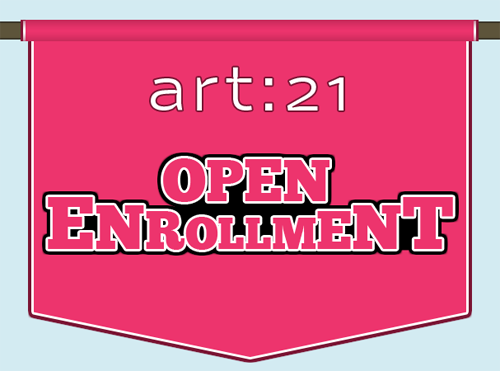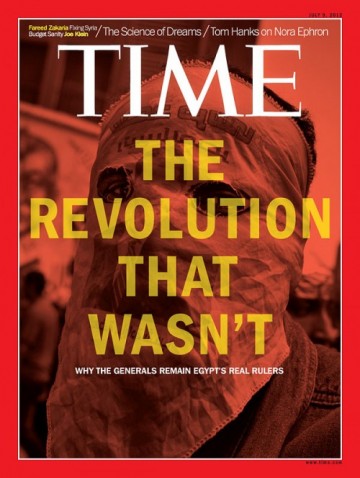When asked to contribute a guest blog post for Open Enrollment, I decided to chart the development of an exhibition I curated titled UNREST: Revolt against Reason. The show features the work of mounir fatmi, Claire Fontaine, Shilpa Gupta, Iman Issa, Tala Madani, Ahmet Öğüt, Tomáš Rafa, and Alexandre Singh. It will open at apexart on September 12, 2012, from 6-8pm, and stay on view until October 27, 2012.

Claire Fontaine. "Untitled (Clichy Sous Bois, Nov. 2005)," 2006. Cardboard, gesso, pencil and smoke. Courtesy the artist.
Journalists and historians alike are already diagnosing the Arab Spring a failure. The cover of the July 9, 2012 issue of Time magazine features a bold, disparaging headline, “The Revolution That Wasn’t,” which intimates that the recently elected President of Egypt, Mohamed Morsy, is just a figurehead for the real leaders of the country, i.e. the nineteen military generals of the Supreme Council of the Armed Forces (SCAF), who have officially been ruling the country for the last sixteen months, and unofficially for the last fifty years. Despite such testimonies, I am disinclined to judge the situation so quickly, or perhaps I’m too idealistic about the potential of revolution.
The precise day I read about Mohamed Bouazizi, the twenty-six year old Tunisian street vendor who set himself on fire on December 17, 2010, and consequently ignited a series of revolutions throughout the Middle East, is indelibly etched in my mind. On that day I actively reengaged with international world politics—beyond my cursory scanning of The New York Times’ headlines and BBC World News’ videos. Though I’ve always been interested in history, politics, and law (I straddled two majors, Political Science and Art History, as an undergraduate at UC Berkeley, and seriously considered going into Law), my Ph.D. studies in Art History at the Graduate Center, CUNY, had momentarily enveloped me in a historical bubble—I was more aware of the pharaohs of the 18th Dynasty than I was of the Egyptian autocrat Hosni Mubarak.
Nine months later, on September 17, 2011, expressions of civil unrest hit closer to home, when hundreds of demonstrators took to the streets of New York’s financial district to protest the growing social and economic inequality in the United States, and the excessive influence of multinational corporations on our “democratic” way of life. Modeled on the Arab Spring, Occupy Wall Street (OWS), a “leaderless resistance movement,” and its various manifestations, including Occupy Museums, inspired me to rethink the complicated relationship between art and political activism.
Weeks later, a friend mentioned apexart’s Unsolicited Proposal Program: a curatorial opportunity for anyone worldwide to submit an exhibition proposal to be evaluated by an international jury—the three highest rated are presented at apexart the following season. I was immediately interested in the program, not only because apexart is one of the legendary alternative art spaces in New York, but also because of the program’s anonymity; the idea that my proposal would be judged by a large and diverse group of artists, writers, and curators, solely on the basis of its quality (rather than the submitter’s identity, network, or CV) seemed egalitarian, and appropriate to an exhibition tackling questions of discrimination and inequity. At the time, I also felt there was a lethargic lack of interest among those in the “art world” to the mounting social strife across the globe.
Still, beyond my engagement with current political events, part of the impetus for my proposal, UNREST, stemmed from my incredible students in the “Critical Reading and Writing” class I teach at Parsons. While I was putting together the objective of the show, I was also focusing a number of my lesson plans on OWS, the influence of social media on contemporary life, and the power of art and design to trigger social change. However, try as I might, I got the feeling that my students didn’t really believe in art’s potential to elicit political change (and I really did try! I took them to a lecture by leading social theorist David Harvey, introduced them to a wide variety of politically-engaged artists—George Grosz, John Heartfield, Guy Debord, Martha Rosler, Hans Haacke, and Ai Weiwei, to name but a few). All the same, most of them felt detached from the Occupy movement, and even challenged the worth of voting.
In many ways, because of my students, I wanted to curate a focused exhibition devoted to a group of emerging artists whose practices address inequality, conflict and instability in recent history. I wanted to bring together works that range in approach and form—some more subtle, contemplative and responsive, others direct, awareness-raising, or perhaps even humorously subversive. I started by doing a studio visit with one of ISCP’s (International Studio & Curatorial Program) artists in residence, Tomáš Rafa, a Slovakian video artist who came to New York to document the activities of OWS. Although I didn’t yet have a venue, I told Rafa (after our first three-hour long studio visit) that I was planning to curate an exhibition titled UNREST and would be interested in including his work.
Truth be told, I didn’t think my proposal would be selected—in fact, if it hadn’t been for the encouragement of close friends, I may not have submitted it at the time. Consequently, when Steven Rand, founder of apexart, called to inform me that my proposal had won—his jovial voice full of excitement—I expressed guileless disbelief (at one point he even said, “this is not a prank, I promise!”).
Once I came to grips with the fact that no mistake was made in tallying the votes, I started planning the show. Mind you, it was mid-April—an especially difficult month for graduate students juggling grading with writing their own seminar papers—and I had chosen to take the first available slot at apexart, September 12-October 27, 2012 (for its obvious political impact), which meant I had less than five months to organize the exhibition. Since my research as a student and teacher was, and is, focused on issues relating to protest and activism, selecting the group of artists for the show was straightforward. I contacted each one, and to my great surprise, they not only agreed to meet with me for a studio visit, but also to participate in the show.
The process of discussing the project with each artist, and learning more about their practices first-hand, was by far the most rewarding part of the curatorial experience. Once the spring semester was over, I also had more time to dive into the writings on revolution of such political philosophers as Herbert Marcuse, Hannah Arendt, Noam Chomsky, and Alain Badiou. And then in June, I managed to travel to Berlin and Kassel to see the 7th Berlin Biennale (where Joanna Warsza, one of its curators, took me on a walk-through) and dOCUMENTA (13)—two exhibitions that differently explore the intersection of creative practice and political agency.
The most difficult part, however, was coming to terms with the loan negotiations, and manifold adjustments one inevitably makes in organizing an exhibition. Although a great deal of my academic work has focused on curatorial studies (my dissertation explores the history and legacy of artist-curated exhibitions), it’s easy to forget, or disregard, how many concessions one has to make due to time or budgetary restrictions. As an academic, you can select, organize and monitor every last detail of your research and writing, but as a curator there are unaccounted logistical factors that impact your decisions.
Nevertheless, the continued support and encouragement of this exceptional group of artists, and of the apexart team (especially Cybele Maylone and Steven Rand) have been crucial to the realization of this project. UNREST is dedicated to the endurance of revolutionary thought and action.
Natalie Musteata is a Ph.D. student in Art History at The Graduate Center, CUNY. She teaches “Performance and Participation in the 20th Century” at Parsons, The New School. In February 2013 she will present her paper, “Performing Dissent: The Rhetoric of Opposition in Reenactment Performance,” at CAA.






